Aureus
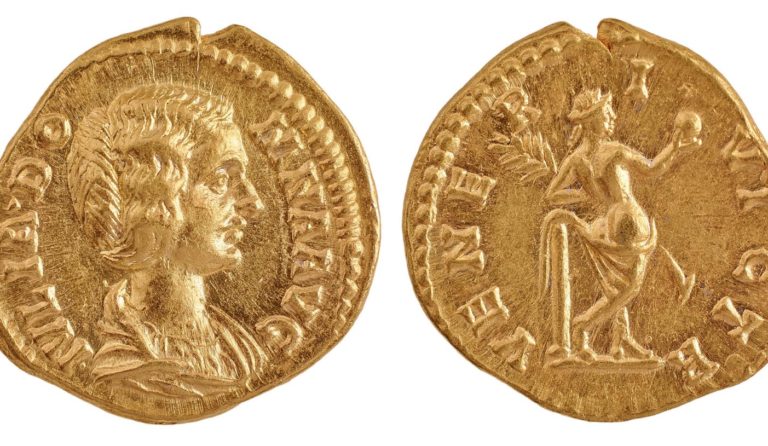
This coin commemorates the granting of the title Augusta (empress) to Julia Domna. Imperial consorts did not acquire the status of empress when their husbands took the throne, but rather they had to be expressly appointed by their spouses. The mention, on the reverse, of Venus Victoriosa relates to the love that the couple professed […]
Read moreAureus
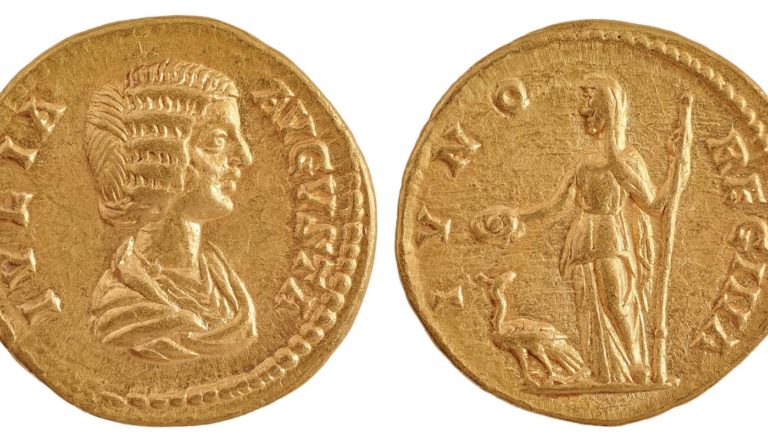 Read more
Read more
Aureus
 Read more
Read more
Aureus
 Read more
Read more
Double aureus
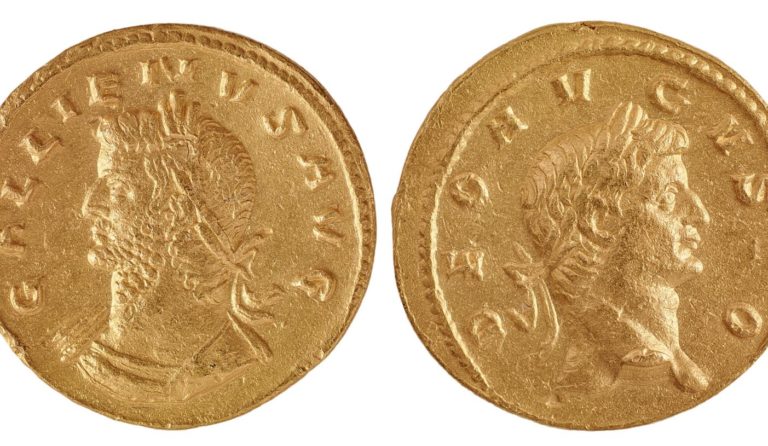
The double aureus was minted for the first time by Caracalla in 215 and, initially, its had the value and weight of two aureus. For this reason, it was called a binio (i.e. double aureus). It was a prestigious coin intended for the payment of civil servants and soldiers.
Read moreAureus
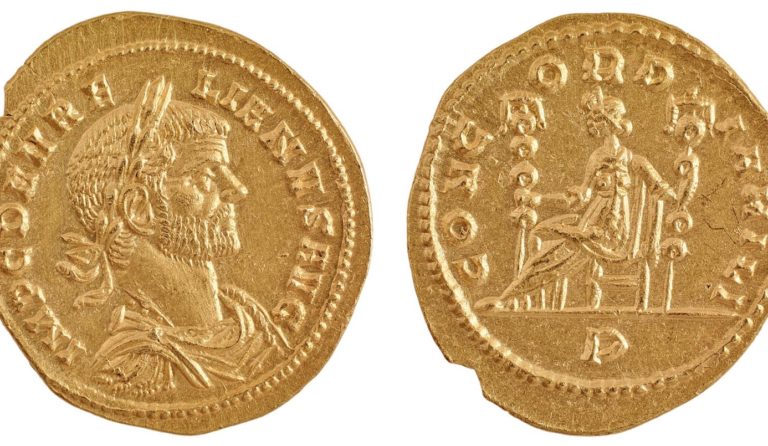
Aurelian reigned during the period known as the Crisis of the Third Century (235-284), when troops adopted the custom of appointing and deposing emperors at will. The coins became an instrument of propaganda, and their legends became messages that invoked the harmony between the emperor and his soldiers. Hence the legend on the reverse of […]
Read moreAureus
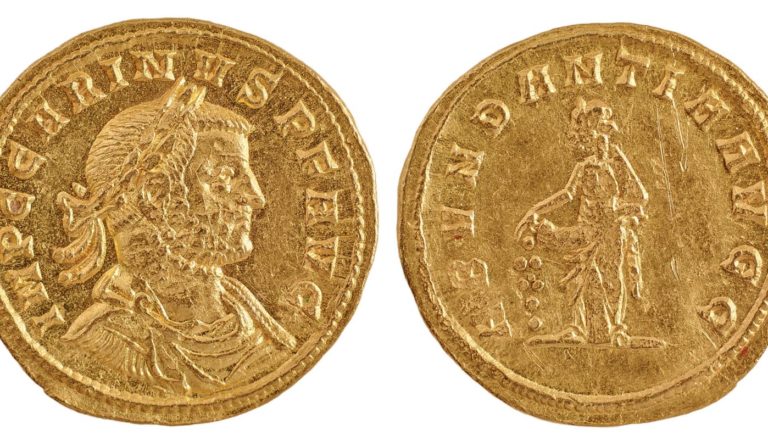 Read more
Read more
Solidus
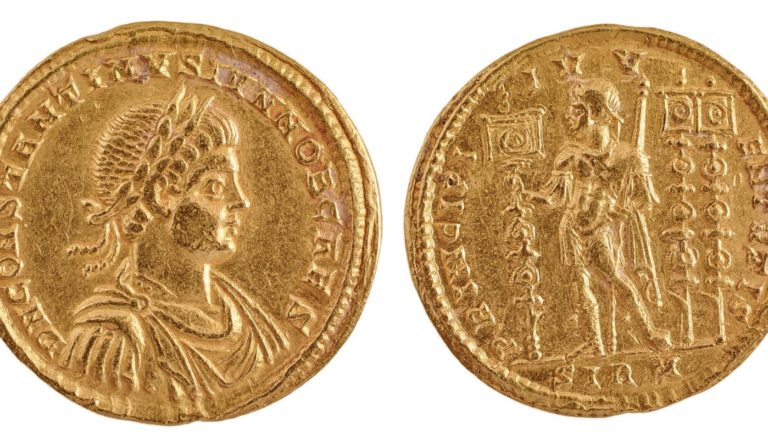
The solidus was coined for the first time in the year 301 AD by Emperor Diocletian to replace the old aureus. Constantine I improved its purity and weight (4.5g of gold per piece) and, since the year 312 AD, the solidus became the official state currency. It was with this coin that legal fines and […]
Read moreSolidus
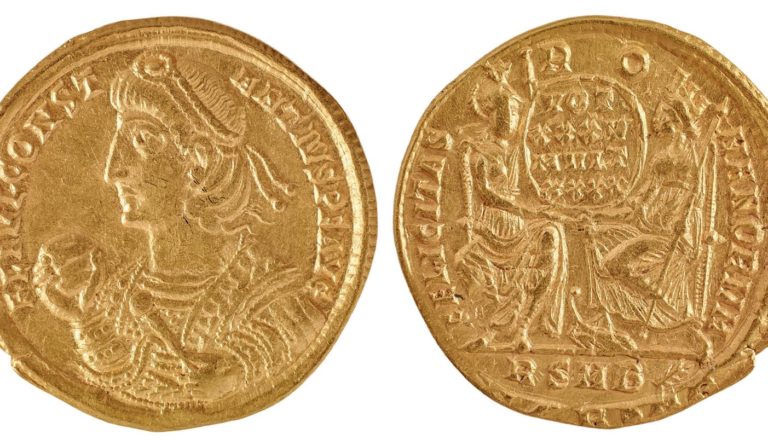
This coin commemorates the ninth consulate of Constantius II, who is depicted in consular robes at the start of the inaugural games held on 1 January. Therefore, in his right hand he holds the mappa, a cloth that the emperor would throw down on the sand to signal the start of the events.
Read moreSolidus
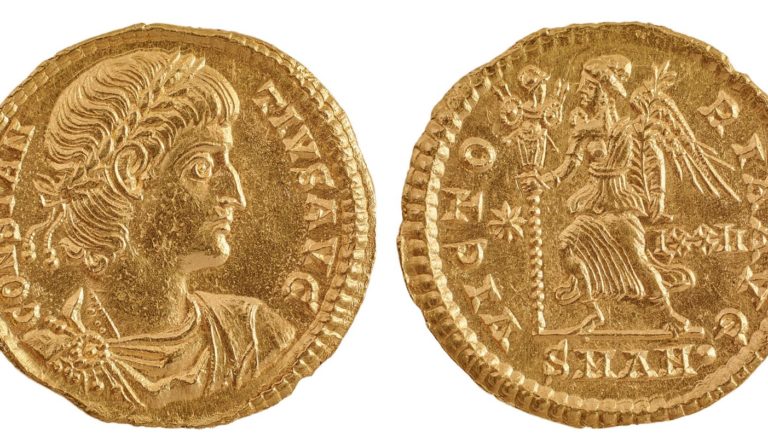 Read more
Read more
